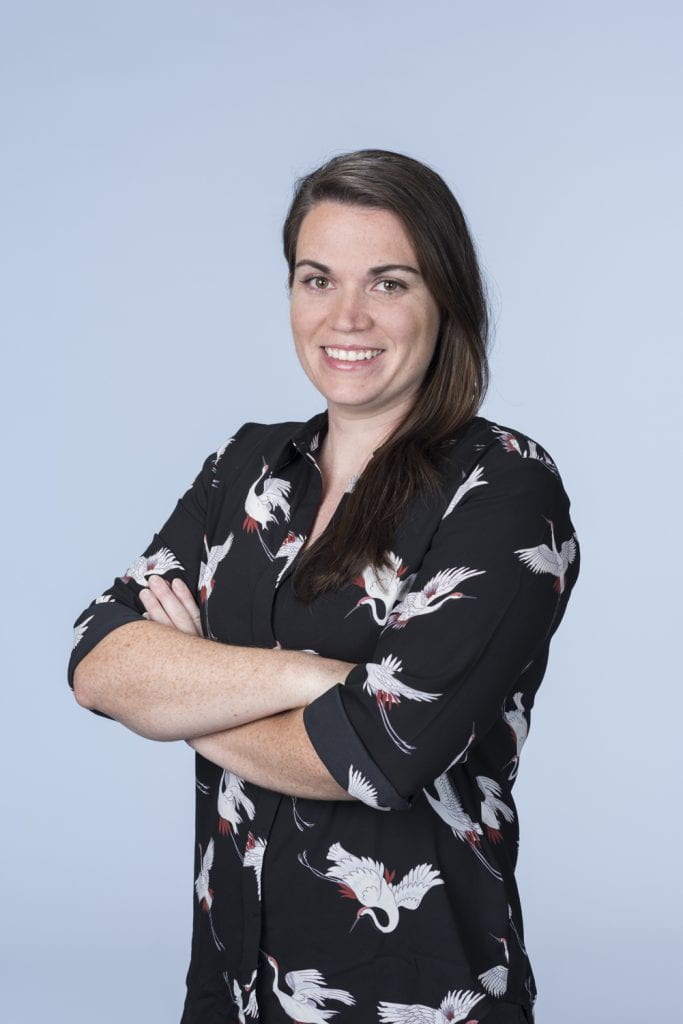
Gabilan Assistant Professor of Chemistry; Director, Pancreatic Beta Cell Consortium (PBCC)
Kate White is a cell biologist, structural biologist, and pharmacologist interested in developing experimental methods for 3-dimensional visualization of single cells to characterize the cellular ultrastructure to mesoscale organization. She is also interested in helping to develop integrative whole-cell modeling infrastructure to harmonize structural and mathematical representations of the cell across the scales of biology.
Dr. White is a Gabilan Assistant Professor of Chemistry. She received her Ph.D. in Pharmacology in 2014 from the University of North Carolina, Chapel Hill, under the mentorship of Dr. Bryan Roth. After continuing her postdoctoral training in protein structural biology at the University of Southern California with Professor Raymond Stevens, she then took on the role of Associate Director of the Bridge Institute at USC. Now, Dr. White is the Director of the Pancreatic Beta Cell Consortium (PBCC), an interdisciplinary and collaborative team of scientists with the common goal of understanding beta-cell biology and its role in diabetes.
Many questions remain on how the structure and function of proteins, complexes, organelles, and cells are coordinated during normal cellular functions and how this is disrupted in disease. Dr. White’s goal is to help bridge the gap between structural biology and physiology by pioneering new experimental and computational tools for multi-scale structural biology (atomic to cellular scales). Towards this goal, she uses pancreatic ß-cells as a model system to investigate: 1) the role of distinct micro-environments in subcellular neighborhoods on protein structure and function, 2) the role of insulinotropic drugs (compounds that stimulate insulin synthesis and secretion) on cellular rearrangements, including organelle-organelle interactions and trafficking, and 3) the development of an infrastructure to support community engagement in whole-cell modeling.